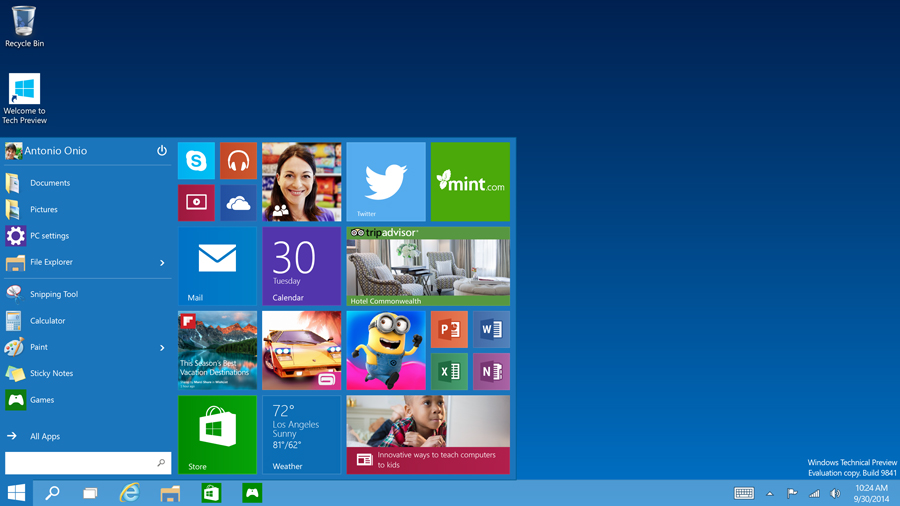Microsoft in 2015: Moving swiftly, and on the right track with the Microsoft Band
Is Microsoft on a new path?

2014 was a year of unprecedented change for Microsoft, ushering in Satya Nadella, the first new CEO for fourteen years, and seeing the first inklings of change that will shape the Microsoft of the next fourteen or more years.
While much of what we have seen are upgrades to existing product lines – Windows Phone 8.1, Windows 10 and so on – Nadella's Microsoft has also expanded into new areas, releasing a new suite of fitness apps and a fitness band, dubbed Microsoft Band.
Interestingly, Nadella appears to transcend the office politics of old, both inside and outside of Microsoft. Within 50 days of Nadella taking the reins, Microsoft had pushed out Office to the iPad, opening up the suite of programs to hundreds of millions more customers willing to stump up a monthly fee.
And the strategy appears to have worked: over the first weekend, Office was downloaded by more than 10 million iPad users, and the subscription paywall surrounding Office for iPad was subsequently knocked down, allowing users without an Office 365 subscription access to the editing features of the suite.
What we witnessed in 2014 was essentially the opening up of Microsoft. Satya Nadella is, by all accounts, a much more open and communicative person than Steve Ballmer ever was, requiring his executive team to read "Nonviolent Communication," a book on the "compassionate connection" to others. The Microsoft of 2013 and prior would never have allowed Office onto Apple's tablet (Office for iPad was developed shortly after the release of the iPad and was withheld under Ballmer's orders) but here we are.

Windows 10
Windows 10 is set for release in autumn 2015, and will improve the desktop experience for Windows (the concept of Microsoft needing to "improve" the desktop experience five years ago would've been unthinkable) and tempting estranged users of Windows 8 back to the platform. The vision of a tablet-only world hasn't quite been realised – despite Steve Jobs' ideas of a "post-PC world" – and so Windows 8 still feels like a jack of all trades straddling both tablet and PC, never quite managing to conquer either experience.
Microsoft hasn't yet released many solid details of what Windows 10 will look like (so far only the Technical Preview has been shown) beyond the new Start menu in 'desktop' mode which was added in Windows 8.1 as an option that can be booted into, appeasing users of the operating system who don't have a touchscreen whilst retaining a noticeable design language between Windows 8 for touchscreen and Windows 8 for mouse.
Sign up to the TechRadar Pro newsletter to get all the top news, opinion, features and guidance your business needs to succeed!
The Windows 10 Consumer Preview is slated to be released in January 2015 introducing a new system dubbed "Continuum" which, unsurprisingly, makes it easier to use Windows 10 on a desktop computer with a mouse and keyboard. According to The Verge, Continuum was built specifically for tablets like the Surface Pro 3 which can offer a disjointed experience for those using keyboard and touch.
Max Slater-Robins has been writing about technology for nearly a decade at various outlets, covering the rise of the technology giants, trends in enterprise and SaaS companies, and much more besides. Originally from Suffolk, he currently lives in London and likes a good night out and walks in the countryside.